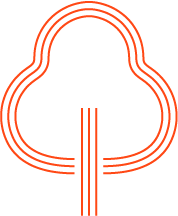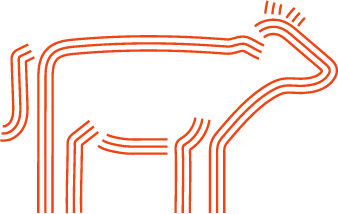One Health
The “One Health” approach summarises a concept that has been known for more than a century; that human, animal and plant health are interdependent and bound to the health of the ecosystems in which they exist. We envisage and implement it as a collaborative, whole of society, whole of government approach to understanding, anticipating and addressing risks to global health.

Global health risks and tomorrow’s challenges
The COVID-19 pandemic, a human public health crisis resulting from a virus of potential animal origin, underlined the validity of the One Health concept in understanding and confronting global health risks. Often used to coordinate multi-sectoral prevention, preparedness and response efforts of zoonotic diseases (those that may transmit from animals to humans, or humans to animals), this approach is critical for the control of priority zoonotic diseases such as rabies, avian flu or viral haemorrhagic fevers such as Ebola. Furthermore, numerous cross-cutting issues, such as antimicrobial resistance, food safety, climate change and weak health care infrastructure, need to be addressed from a multisectoral and multidisciplinary perspective, which the One Health approach guarantees.
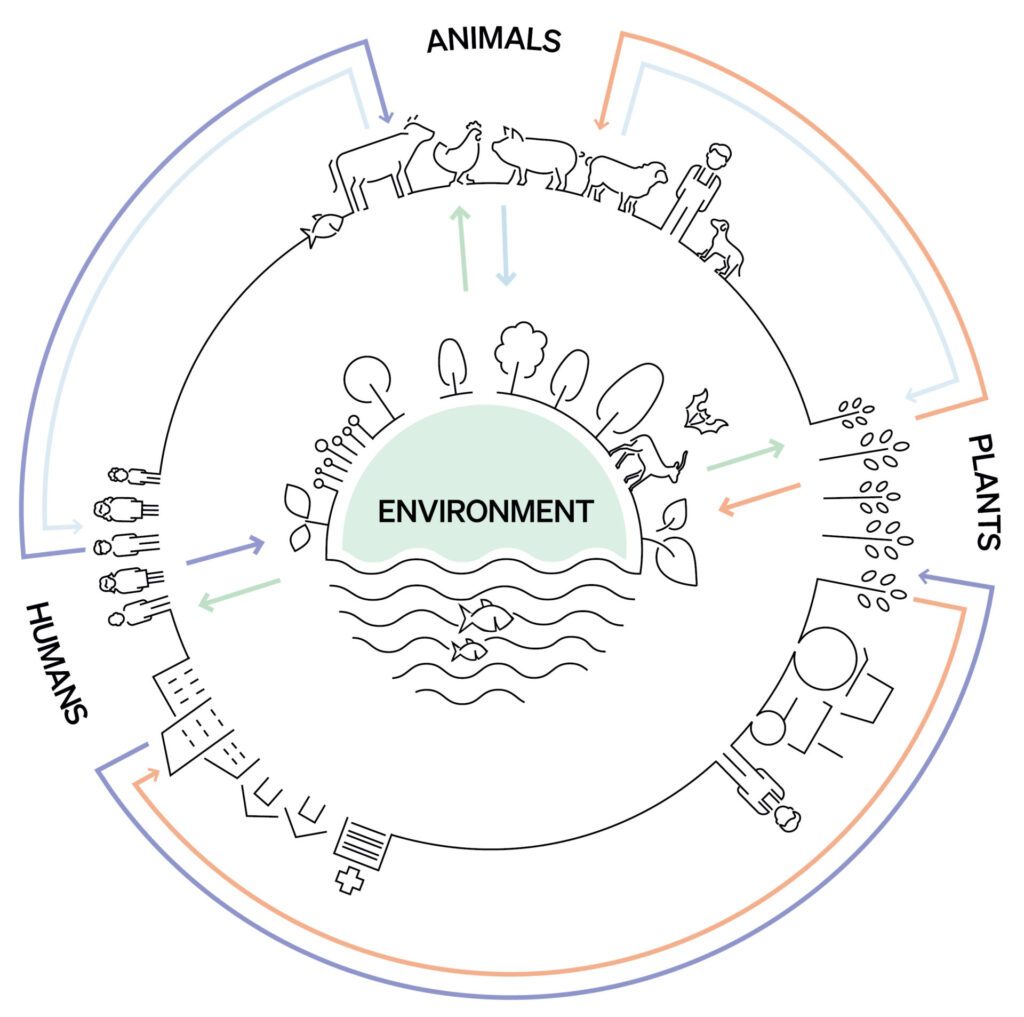
Health risks are increasing. Drivers such as changes in climate and land-use, unsustainable agricultural practices, globalisation, and the wildlife trade, provide multiple opportunities for pathogens to evolve into new forms, making spillover events from animals to humans more frequent and intense. And the risk is not only for humans. While most risk assessments focus on the transmission of pathogens from animals to humans, diseases can also pass from humans to animals, and generate great impacts on the health of animals, whether domestic or wild. COVID-19, tuberculosis, influenza, among others, can infect or be fatal to different species of animals. Gorillas and chimpanzees, with their close genetic makeup to humans, are particularly susceptible to human diseases. Similarly, to other endangered species, they should be handled with care by Veterinary Services, wildlife authorities and researchers.
Managing these major global health risks is not possible alone. It requires the full cooperation of the animal, human, plant and environmental health sectors. The World Organisation for Animal Health (WOAH) brings its expertise in animal health and welfare to the much needed multisectoral partnerships. Together, we aim to develop global strategies to tackle major diseases or broader health threats, such as antimicrobial resistance.
Throughout the Organisation’s work, we promote the One Health approach, recognising the interdependence of animal, human and environmental health. Because the health of animals and of the environment strongly depend on human activities and our relationship with nature. Because the health of animals and the environment also determine human health.
“It’s everyone’s health. Together, we can find concrete solutions for a healthier, and more sustainable world.”
Dr Monique Éloit, Director General
One Health facts
World health
Food security
Each night, some
811million
people go to bed hungry.
More than
70%
additional animal protein will be needed to feed the world by 20501.
Meanwhile, more than
20%
of global animal production losses are linked to animal diseases.
Environment
[1] FAO, 2011. World Livestock 2011 – Livestock in the food security.
[2] FAO \& WOAH/OIE, 2015. Global control and eradication of peste des petits ruminants Investing in veterinary systems, food security and poverty alleviation
Collaborating for better global health
The World Organisation for Animal Health (WOAH) has been at the forefront of controlling animal diseases and ensuring animal health and welfare for almost 100 years. Recognising that no single organisation can tackle the complex challenges of global health on its own, we promote collaborations and advocate for greater global health governance that covers all aspects of animal, human and ecosystem health.
Building this governance has taken the shape of a Quadripartite Alliance between WOAH, the Food and Agriculture Organization of the United Nations (FAO), the UN Environment Programme (UNEP) and the World Health Organization (WHO). This collaboration helps countries prevent and control global health risks such as antimicrobial resistance and emerging diseases.
“Using a One Health lens that brings all relevant sectors together is critical to tackle global health threats, like monkeypox, COVID-19 and Ebola. It all starts with ensuring the health of animals. Animal health is our health, it is everyone’s health.”
Dr Monique Éloit, Director General
Acting for One Health
The work of the One Health Quadripartite Alliance is outlined in the One Health Joint Plan of Action that was developed in 2022. This plan provides a framework of action and set of activities that aim to strengthen collaboration, communication, capacity building and coordination. It also guides the implementation of these activities across all sectors responsible for addressing health concerns at the human-animal-plant-environment interface.
This framework is informed by evidence, best practices, and existing guidance. It is designed for countries, international partners, and non-State actors such as civil society organizations, professional associations, academia and research institutions for their One Health planning and implementation.
It is built around six interdependent Action Tracks that collectively contribute to achieving sustainable health and food systems, reduced global health threats and improved ecosystem management by:
Enhancing countries’ capacity to strengthen health systems under a One Health approach
Reducing the risks from emerging or resurfacing zoonotic epidemics and pandemics
Controlling and eliminating endemic zoonotic, neglected tropical or vector-borne diseases
Strengthening the assessment, management and communication of food safety risks
Curbing the silent pandemic of antimicrobial resistance (AMR)
Better integrating the environment into the One Health approach
-
Strategic Plan
One Health Joint Plan of Action (2022-2026)
.pdf – 1 MB See the document -
Strategic Plan
One Health Joint Plan of Action- Summary
.pdf – 387 KB See the document
The One Health High-Level Expert Panel
The heads of FAO, UNEP, WHO and WOAH met in November 2020 at the Paris Peace Forum and decided to enhance their cross-sectoral collaboration by creating a multidisciplinary One Health High-Level Expert Panel (OHHLEP).
From over 700 applications received, 26 international experts were appointed in May 2021 to serve as members on the OHHLEP. The Panel is multidisciplinary, with experts who have a range of technical knowledge, skills and experience relevant to advance the One Health agenda. It has an important scientific advisory role to the Quadripartite organisations and is expected to provide evidence-based scientific and policy advice to address One Health challenges.
Key first product of the Expert Panel is the development of a comprehensive definition of ‘One Health’. The new definition better explains how sectors, disciplines and society connect as a whole to the One Health concept through four main pillars: communication, collaboration, coordination, and capacity building. In this context, WOAH advocates to consolidate the vital role of animal health within the context of global health issues and promote collaboration between animal, public health, and environmental sectors.
OHHLEP’s definition of One Health
One Health is an integrated, unifying approach that aims to sustainably balance and optimize the health of people, animals and ecosystems. It recognises the health of humans, domestic and wild animals, plants, and the wider environment (including ecosystems) are closely linked and inter-dependent. The approach mobilises multiple sectors, disciplines and communities at varying levels of society to work together to foster well-being and tackle threats to health and ecosystems, while addressing the collective need for clean water, energy and air, safe and nutritious food, taking action on climate change, and contributing to sustainable development.
A stronger multi-sectoral collaboration
at global level throughout the years
2022 – A new One Health era
- The Tripartite Alliance for One Health formally became the Quadripartite Alliance. FAO, WHO and WOAH signed a Memorandum of Understanding with the United Nations Environment Programme (UNEP) to better integrate the environmental sector in the One Health approach.
2018 – A boosted collaboration
- Soon after, we agreed to strengthen our long-standing partnership on antimicrobial resistance through a new Memorandum of Understanding.
- The agreement improved disease forecasting capabilities, helped countries strengthen their national health systems, and programmed joint activities related to reduction of threats.
2017 – An increased commitment
- Reaffirming our commitment to provide collaborative leadership in addressing health challenges, we released an updated Tripartite strategy.
- Our priorities were enlarged to also cover the reinforcement of national health services, the modernisation of early warning and surveillance systems, and the promotion of coordinated research, among other activities.
2011 – Establishment of priority areas
To advance the One Health approach, the Tripartite Alliance decided on 3 priority areas of work: antimicrobial resistance, avian influenza and rabies.
2010 – An official Tripartite collaboration
- After decades of collaboration between WOAH, FAO and WHO, we formalised our work through a Tripartite Alliance.
- We published a Tripartite Concept Note describing our joint goals and coordination mechanisms to address One Health challenges.
One Health, beyond the concept
The One Health approach is a tangible and sustainable way to make the world safer for everyone. Through different initiatives, we collaborate with our partners to put this vision into practice by polling efforts and knowledge from different sectors.
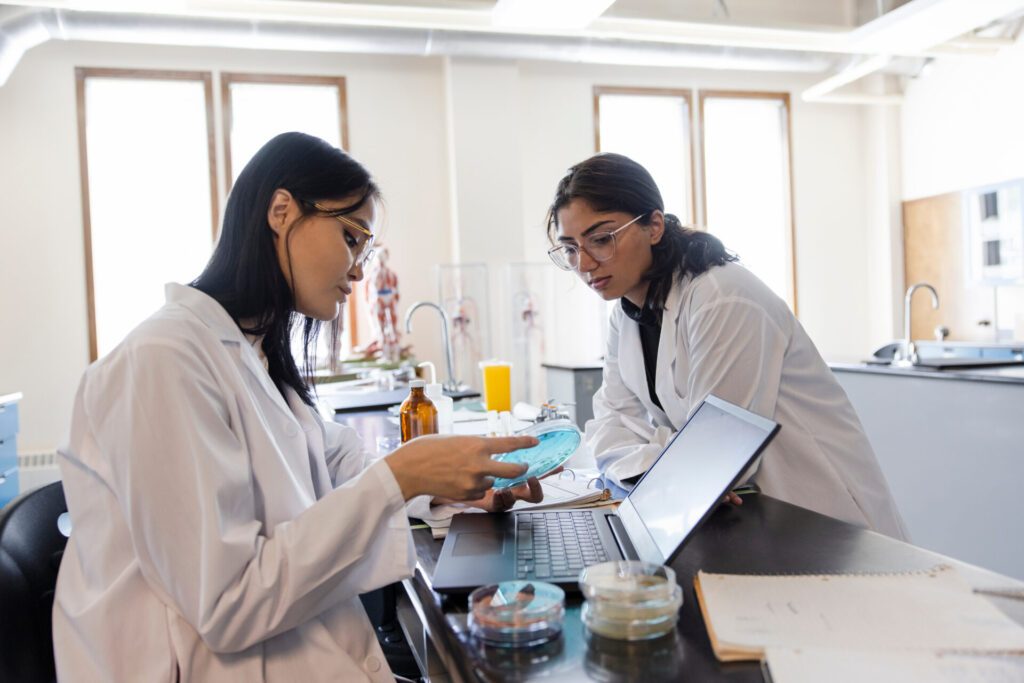
A multi-sectoral approach to address antimicrobial resistance
Antimicrobial resistance (AMR) is a threat to humans, animals, plants and the environment. It affects us all. To curb it effectively, all sectors must join forces and encourage the responsible use of antimicrobials, as well as preventive measures.
In collaboration with our Quadripartite partners (FAO, UNEP, WHO), we mobilise resources and action to fight this silent pandemic that threatens the lives of millions.
Reducing the risk of emerging and neglected zoonotic diseases
One Health is much more than a mere concept: it also provides the best path towards tackling many zoonotic diseases.
Rabies is one of these diseases. The United Against Rabies Forum led by WOAH, FAO and WHO provides an example of One Health in action. In order to end human deaths caused by dog-mediated rabies by 2030, the forum coordinates more than 30 institutions, through three main working groups.
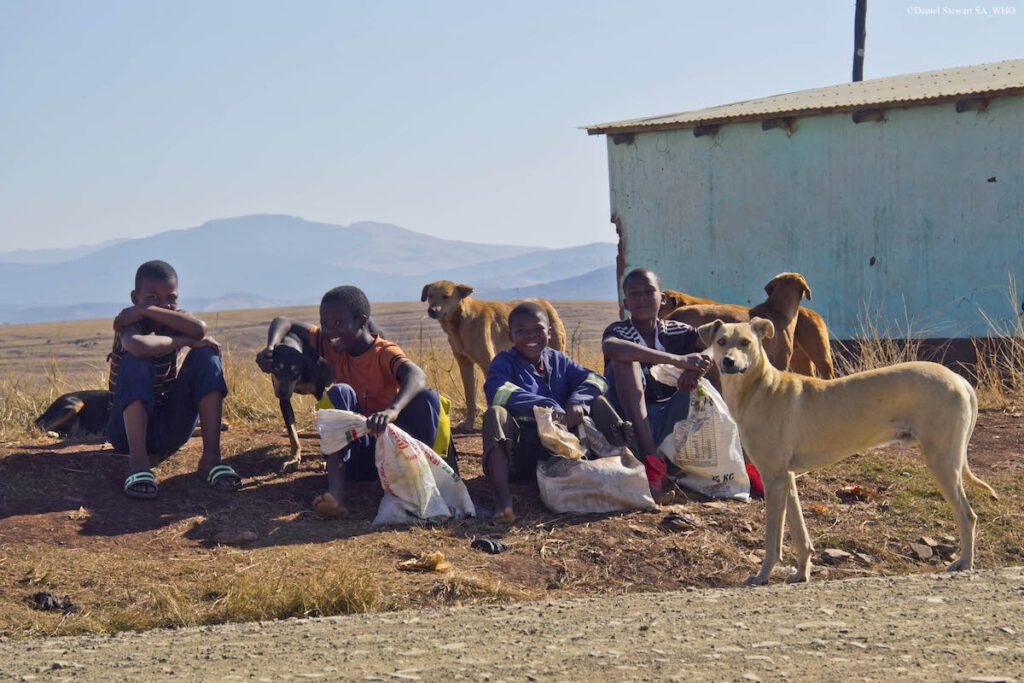
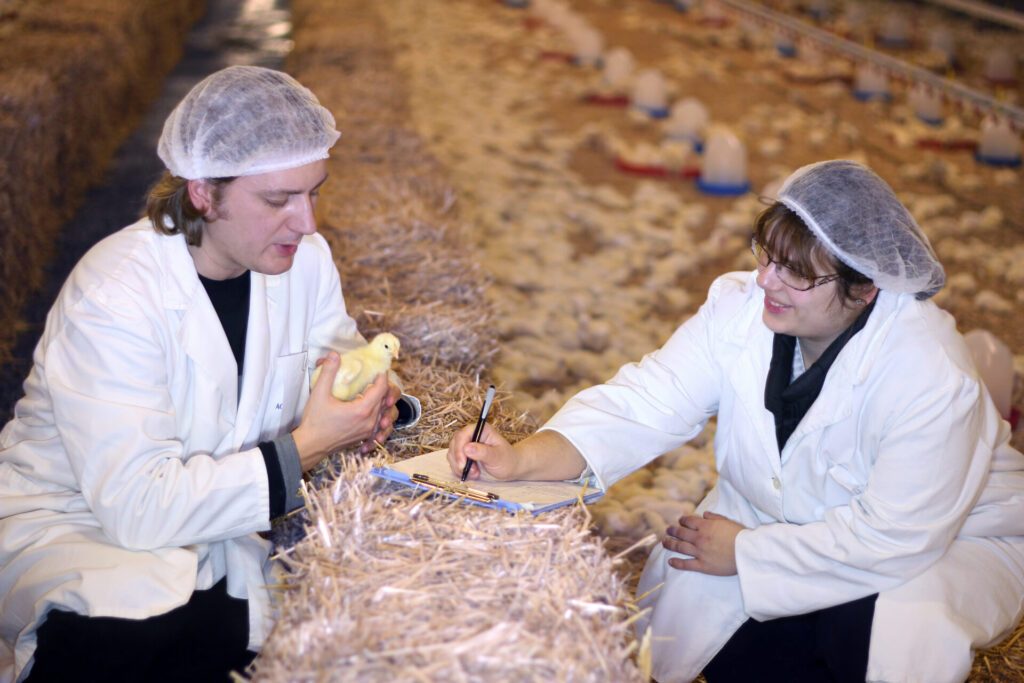
Reducing the risk of emerging and neglected zoonotic diseases
Influenza is another zoonotic disease that requires a One Health approach. Since 2005, we have been coordinating with FAO a network of expertise on animal influenza (OFFLU). OFFLU also collaborates with WHO for pandemic preparedness by providing data on zoonotic animal influenza. This partnership led to the production of diagnostic protocols needed to inform surveillance and control policies and build technical partnerships with national laboratories.
Scaling up our efforts for wildlife health
Collaborations between human and animal health services have not always integrated the wildlife sector, ignoring an important component of the chain of disease surveillance. The health of wildlife is deeply intertwined with the health of other animals, the environment and even humans. By protecting wildlife health, we safeguard biodiversity- and invest in a healthier, more sustainable future. In the light of recent emerging diseases such as Ebola or COVID-19, the role of wildlife, wildlife trade, and ecosystem health can no longer be overlooked. This is why WOAH works with a multitude of partners to better wildlife health on several key issues.
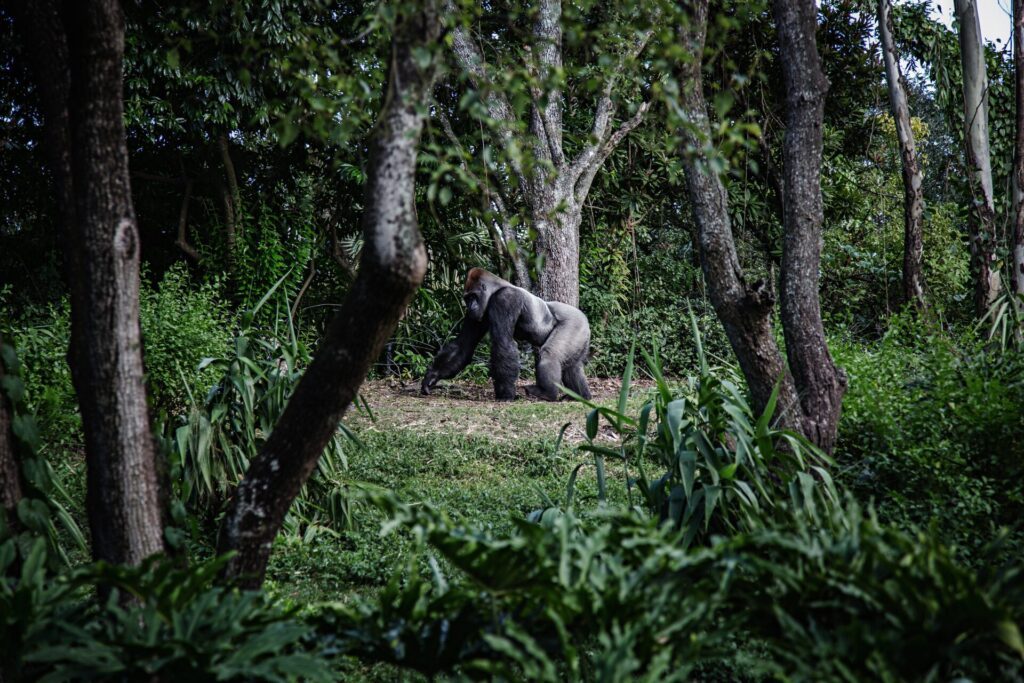
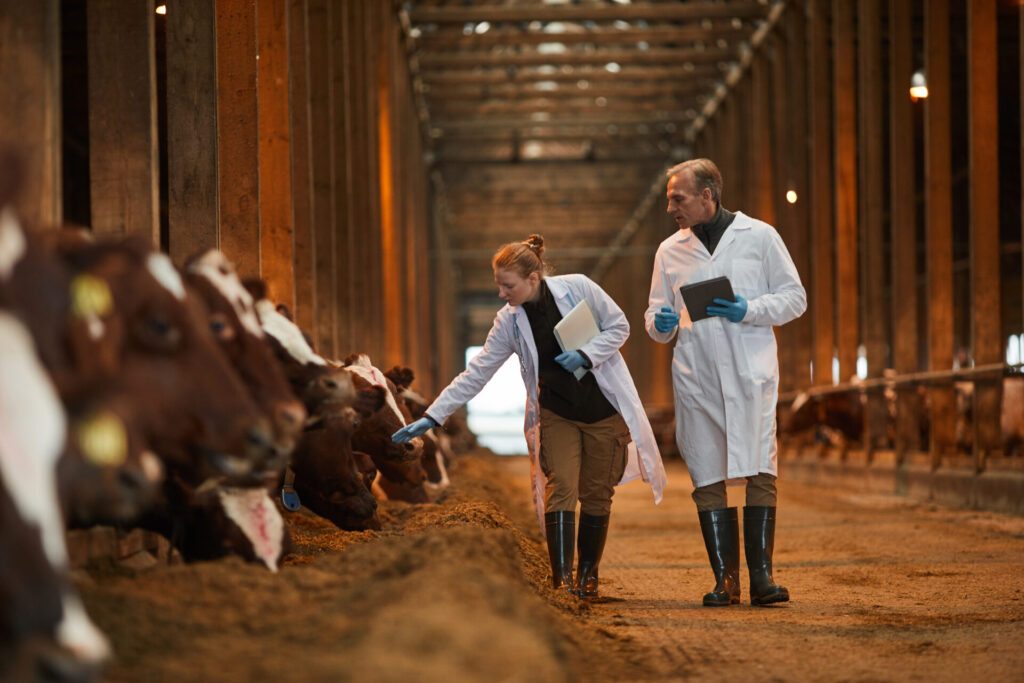
Reinforcing disease intelligence
Early warning is critical to mitigate potential health threats at the human-animal-environment interface, supported by robust risk assessments to inform decisions, actions, and communications across sectors. GLEWS is a global platform developed jointly with our partners to advise on prevention and control measures after the detection of health threats or events of potential concern at the human-animal-ecosystems interface.
Towards a pandemic instrument
The COVID-19 crisis has made it painfully clear: the world needs a global strategy on pandemic prevention, preparedness, and response. Global leaders have united, in 2021, in an urgent call for an international pandemic instrument that would protect our planet from future health crises. We carry the voice of animal health through our participation in the negotiation process led by the Intergovernmental Negotiating Body (INB), coordinated by WHO, in support of the development of a new pandemic instrument that guarantees political commitment for strengthening global collaboration on pandemic prevention.

Strengthening the One Health collaboration in the field
Strong and resilient health governance systems are also needed at national level to ensure effective multi-sectorial coordination when addressing common health risks. However, some countries still lack consultation and collaboration mechanisms across their different health sectors.
The initiatives presented below aim at assisting countries in setting up effective national health systems that are well organised and operate according to the principles of good governance and One Health.
Training health professionals on One Health
We are committed to support the sustainable improvement of the capacities of national Veterinary Services. That is why we have partnered with the World Health Organization (WHO) to develop joint One Health training programmes. Key first steps of this initiative included the roll-out of multi-sectorial national seminars in countries aimed at strengthening collaboration between their human and animal health sectors. These seminars provide participants from national authorities with countless opportunities to improve dialogue, coordination and collaboration across sectors.
A dedicated WHO/WOAH working group has also been created to focus specifically on networking in order to build a global One Health learning community that shares common values. Our joint trainings aim to be the starting point of a long history of cooperation to build communities where Members can learn over time but also from each other.
Developing capacities to manage zoonotic disease risks
Achieving sustainable and functional collaboration among all the sectors responsible for health is a crucial step to addressing the challenges posed by zoonoses. To this end, we have jointly developed the guide: “Taking a Multisectoral, One Health Approach: A Tripartite Guide to Addressing Zoonotic Diseases in Countries” with the UN Food and Agriculture Organization (FAO) and WHO. This guide is flexible enough to be used for other health threats at the human-animal-environment interface beyond zoonoses; for example, for food safety and antimicrobial resistance (AMR). It provides principles, best practices and options to assist countries in the prevention, preparedness, detection and response to zoonotic threats. Examples and lessons learned from countries experiences are also included.
To complement the guide, an online training and operational tools have been developed providing practical guidance for strengthening a One Health approach to zoonotic diseases. Discover the publications below:
-
.pdf – 2 MB See the document
-
.pdf – 728 KB See the document
-
Guidelines, Co-Publication
Surveillance and Information Sharing Operational Tool
.pdf – 4 MB See the document
Reinforcing surveillance systems
Surveillance protocols are essential to early detect health risks. By sharing this information, decisions could be made on a timely manner to reduce the risk of disease spread between animals and humans. To strengthen early detection systems for the Ebola virus as well as four other viral haemorrhagic fevers, we have been implementing the EBO-SURSY Project in West and Central Africa in collaboration with the French Agricultural Research Centre for International Development (CIRAD), French National Research Institute for Sustainable Development (IRD), and the Institut Pasteur.
Through this project funded by the European Union, actors from across different sectors, including conservationists, forestry services, national Veterinary Services, epidemiologists and data managers, were trained to rapidly respond after the detection of dead or sick wild animals. The tracking and sampling of migrating bats during the project also showed how the animals are capable of transmitting pathogens across long distances, and could help predict future outbreaks.
You are a concerned citizen interested in knowing more about One Health
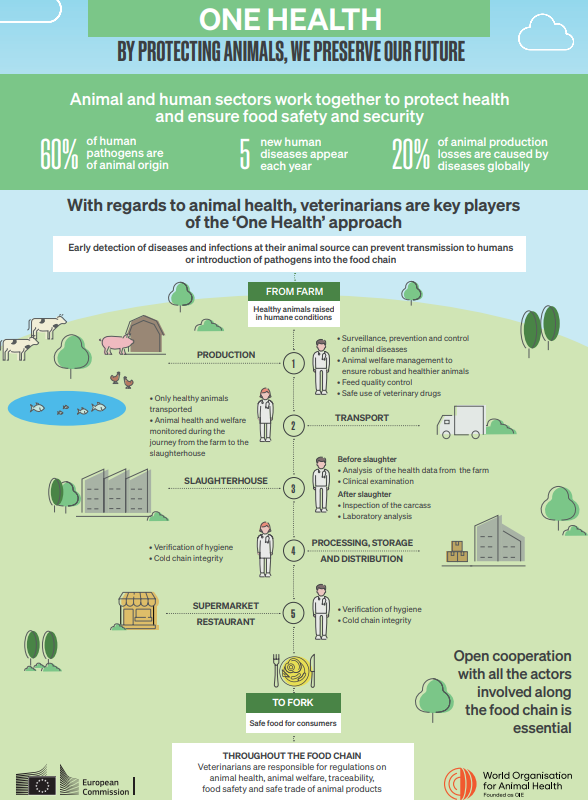
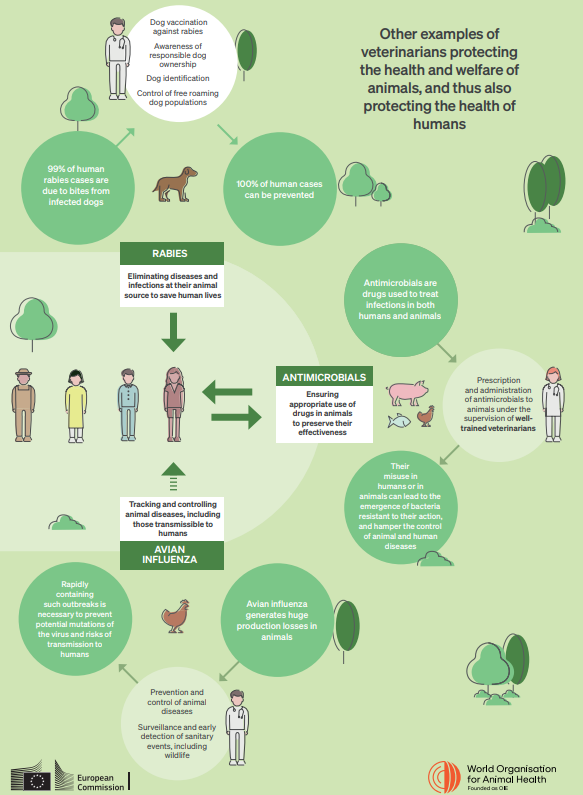
You work in the animal, human, plant or environmental health sector, check our technical resources
Quadripartite publications
-
Strategic Plan
One Health Joint Plan of Action (2022-2026)
.pdf – 1 MB See the document -
Strategic Plan
One Health Joint Plan of Action- Summary
.pdf – 387 KB See the document -
Strategic Plan
One Health Joint Plan of Action in Arabic (2022-2026)
.pdf – 1 MB See the document -
Strategic Plan
One Health Joint Plan of Action in Chinese (2022-2026)
.pdf – 1 MB See the document -
Strategic Plan
One Health Joint Plan of Action in Russian
.pdf – 1 MB See the document
Global initiatives
-
Antimicrobial resistance
Imagine a world where infections and diseases in humans, animals and plants are impossible to treat. This worst-case scenario could become a reality as bacteria, viruses and parasites develop resistance to the drugs we use to fight them. Antimicrobial resistance, or AMR, has become one of the most pressing health issues of our time. Solutions exist and everyone has a role to play in the fight against this global threat.Discover -
Food Safety
Unsafe food containing harmful bacteria, viruses, parasites or chemical substances, causes more than 200 diseases. Diarrhoeal diseases are the most common illnesses resulting from the consumption of contaminated food, causing 550 million people to fall ill and 230 000 deaths every year. According to the World Health Organization (WHO), every year about 600 million – almost 1 in 10 people in the world – fall ill after eating contaminated food; and more than 400,000 die every year because of food borne diseases.Discover -
Wildlife Health
Wildlife co-exists alongside humans and domestic animals. Wildlife populates ecosystems across the planet, whether it be in the seas, or roaming freely across forests and savannahs. Each species contributes to the balance of the ecosystem they live in. The health of wildlife is deeply entwined with the health of other animals, the environment and even humans. By protecting wildlife health, we safeguard biodiversity- and invest in a healthier, more sustainable future.Discover
Diseases
-
Type of animals Terrestrials, Avian
-
Type of animals Terrestrials, Other animals
-
Type of animals Terrestrials, Multiple species
-
Type of animals Terrestrials, Bovine
You are a journalist, check our publications and events on One Health
Related article
Related news
-
Press Release
WOAH assumes chair of Quadripartite Secretariat, outlining vision for One Health collaboration
Published on 06/03/2024 -
Published on 10/12/2023
-
Joint Press Release
OFFLU’s annual report: tackling animal influenza through data sharing
Published on 27/06/2023 -
Statements
New Diplomatic Agreement Recognises WOAH Sub-Regional Representation for the Arabian Gulf
Published on 16/06/2023 -
Published on 03/05/2023
-
Joint Statement
Quadripartite call to action for One Health for a safer world
Published on 27/03/2023 -
Published on 21/09/2022
-
Joint Press Release
UN Environment Programme joins alliance to implement One Health approach
Published on 18/03/2022 -
Published on 17/09/2021
-
Joint Press Release
New international expert panel to address the emergence and spread of zoonotic diseases
Published on 20/05/2021
Related events
-
High-level advocacy
One Health Priority Research Agenda for AMR – 4th Webinar: Interventions Pillar
-
High-level advocacy
2nd webinar AMR One Health Priority Research Agenda: Transmission Pillar
-
High-level advocacy
One Health Priority Research Agenda for AMR – Webinar series
-
High-level advocacy
Country progress and political action on AMR in agrifood systems

